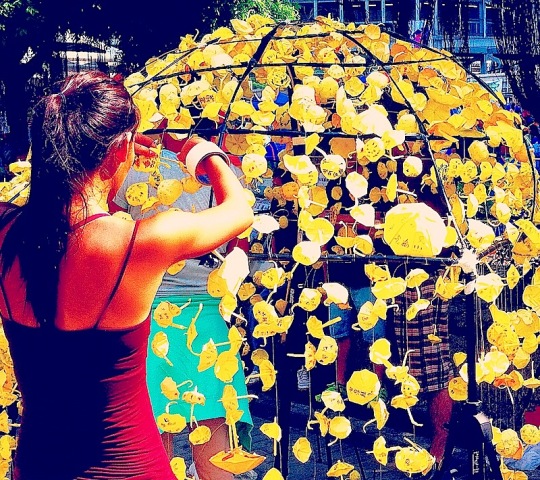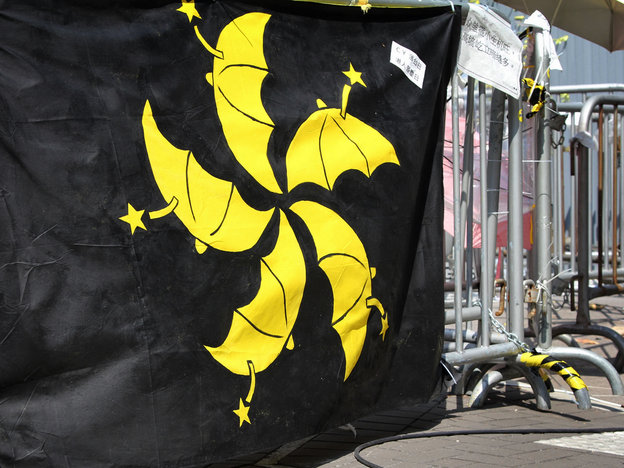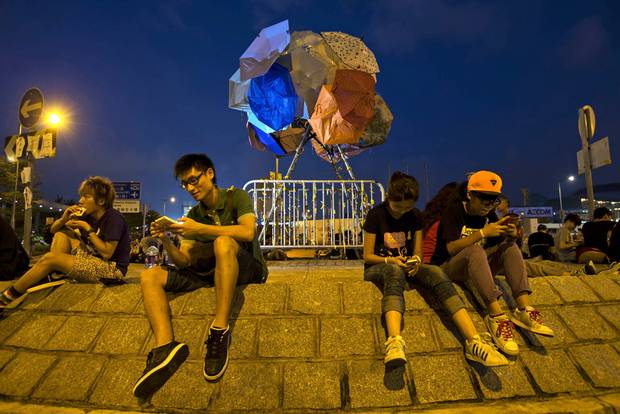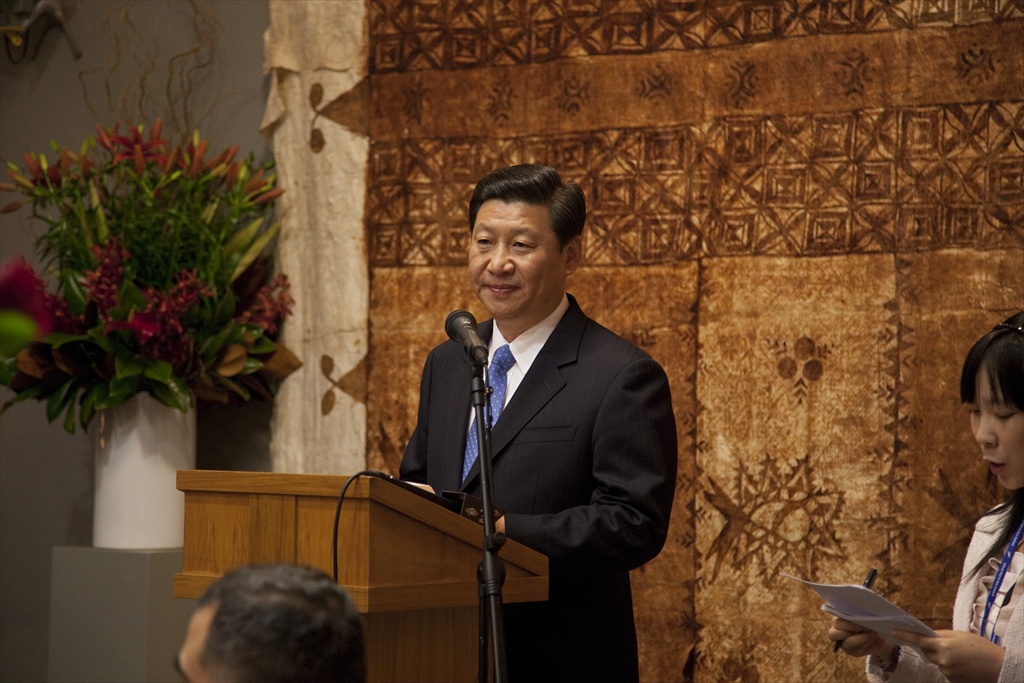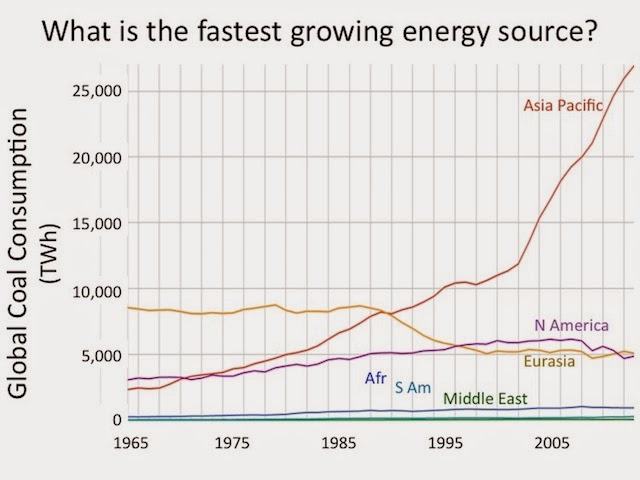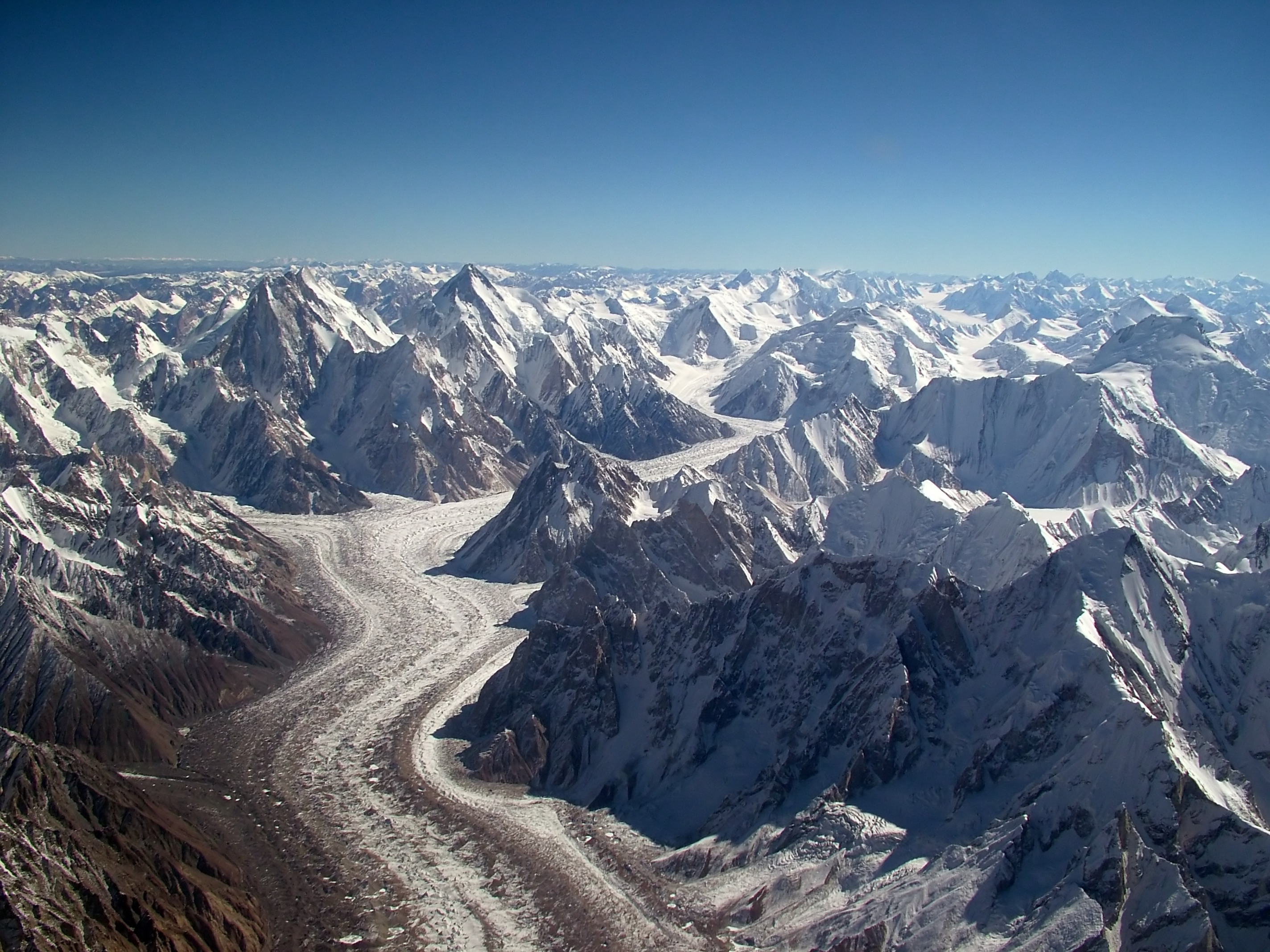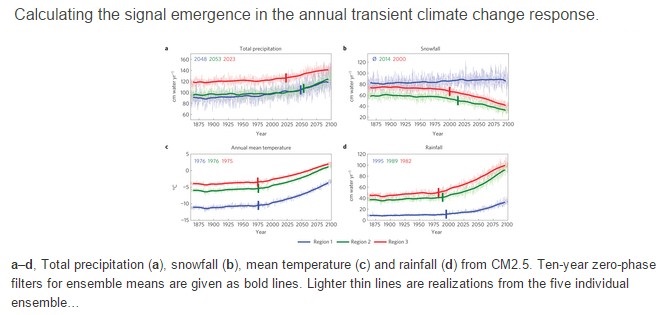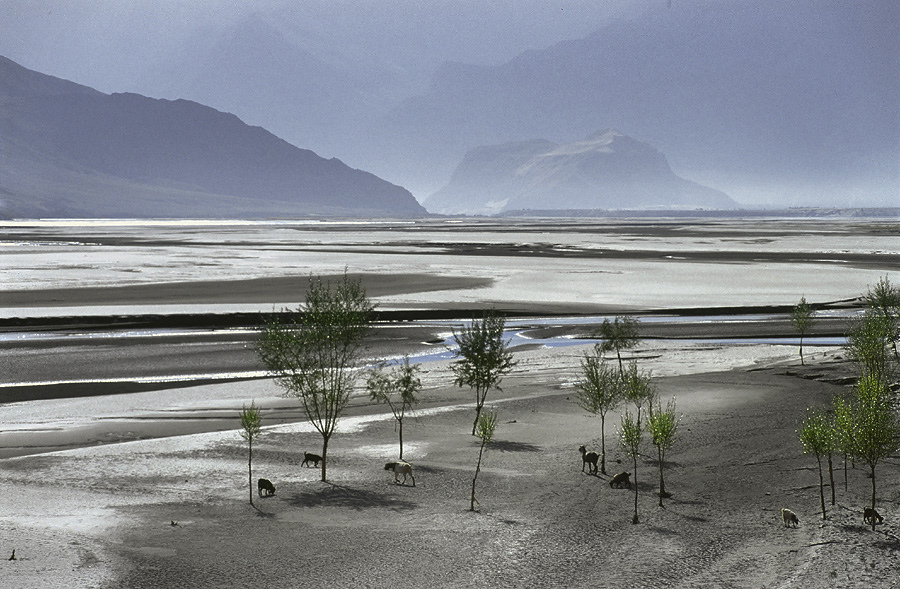A new UNICEF program is helping tens of thousands of African girls to get an education. The initiative is a cash transfer program–the most effective type of program in promoting development that includes the poor, according to UNICEF officials, and the current phase of the program will help send 73,000 girls to school over the next two years.
“There is substantial evidence from around the world that investing in girls’ education has the highest economic rate of return of any kind of intervention a government can implement,” said Michael Samson, Director of Research at the South Africa–based Economic Policy Research Institute, which is collaborating with UNICEF on the project.
“The idea that girls should not go to school belongs to the past,” said a Nigerian father of three school age daughters who were forced to leave school when the family’s economic ability decreased and books, uniforms and other costs became unaffordable.
His three daughters are now back in school under the UNICEF program. “I am now the happiest man in the world,” said Umar.
“With education, my daughters will not be a liability to their husbands. They will be earning money, and they will not be relegated to the background,” said Atika Adamu, a mother of 12- and 13-year-old daughters who are also now attending school under the new program.
Under the UNICEF Girls’ Education Programme (GEP), Nigerian parents receive quarterly payments of 5,000 naira ($US31) for each girl to help cover costs associated with sending the girls to school.
GEP is funded by the UK Department for International Development (DFID).
“This kind of programme is among the most effective in promoting pro-poor, inclusive development,” said Samson.
“This intervention is part of what the Nigeria at the state and federal levels is trying to do in terms of setting up a full social protection system, so that people can lead a life of dignity and opportunity,” said Enrique Delamonica, who heads UNICEF Nigeria’s Social Policy and Gender Equality unit.
Under GEP, 23,000 girls will be helped to attend school in the Sokoto and Niger states of Nigeria this year, and next year another 50,000 will be helped.
The program is expected to be expanded to reach other states of Nigeria.
Improvements in the education of girls has been found to be one of the most important factors in improving economic rates. Evidence has also shown that educated girls more frequently grow up to have healthier children and contribute more to their family’s income.
Photo: Pierre Holtz for UNICEF
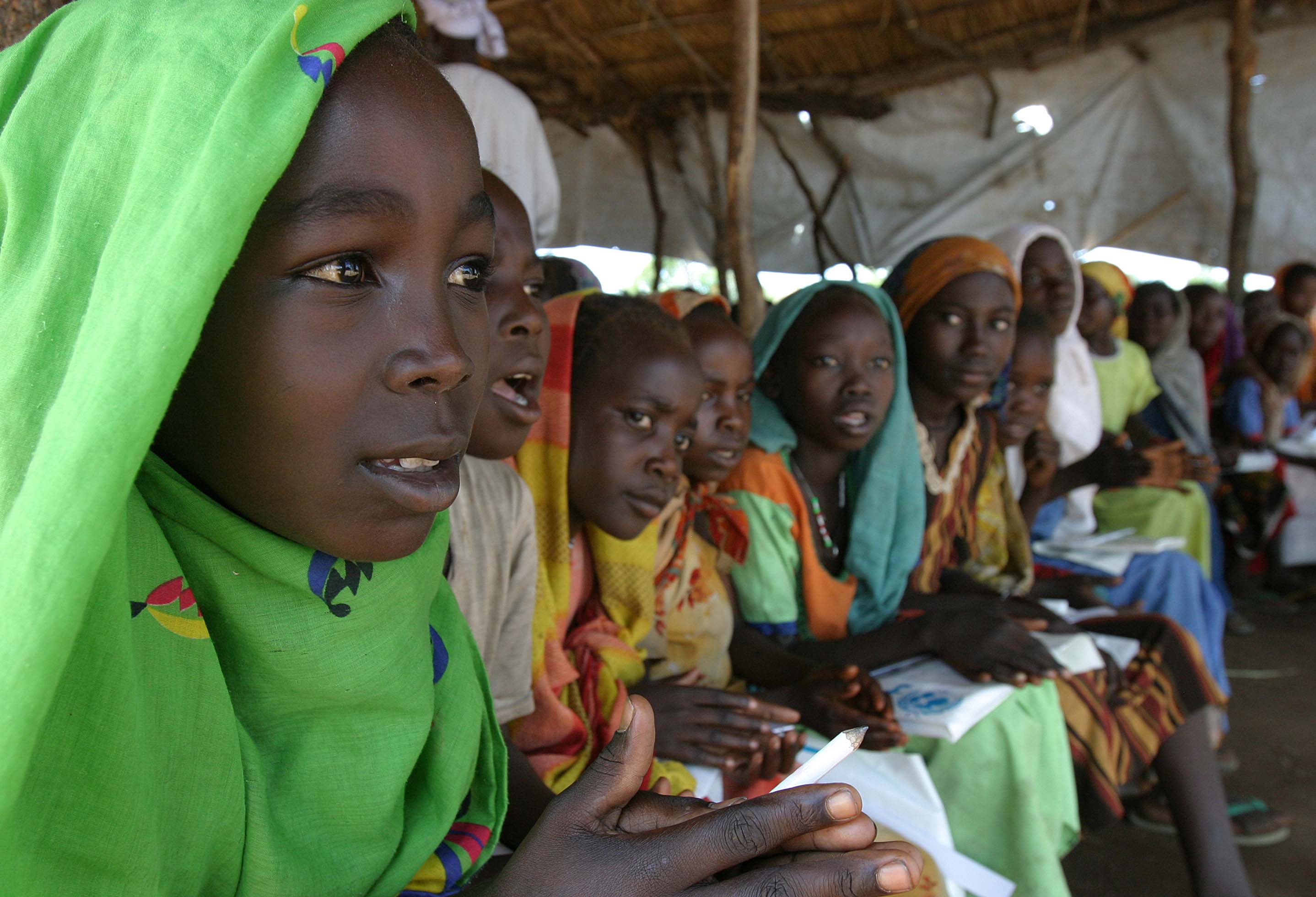
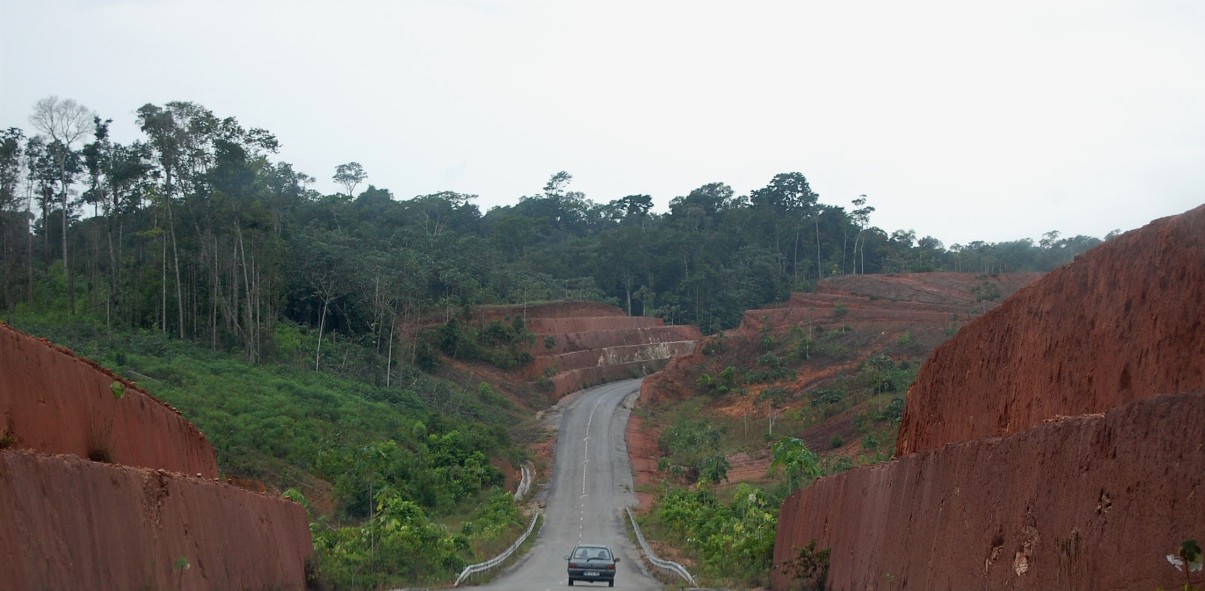


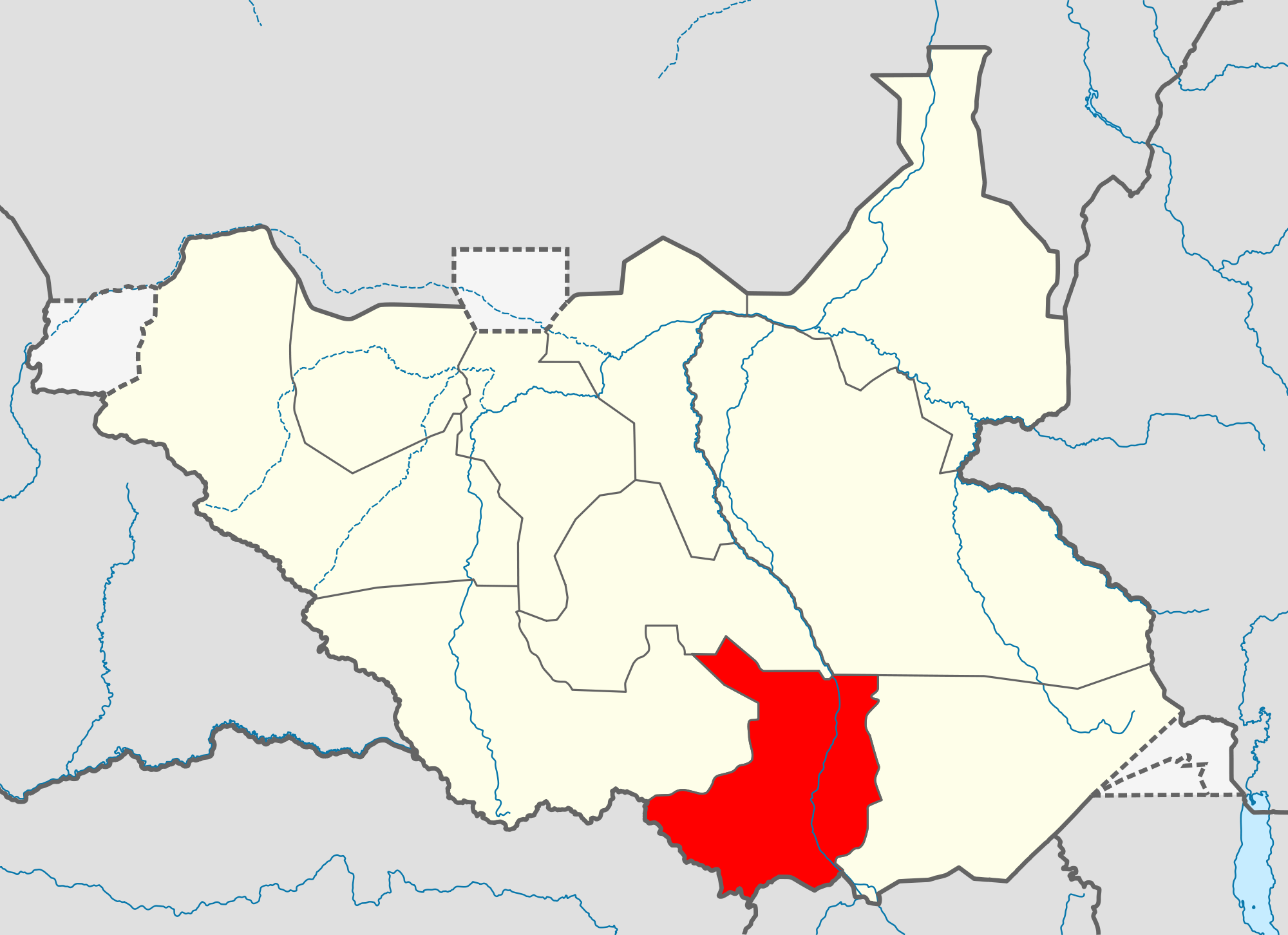 Reasons for the increase in cases were attributed by Lugula to limited access to mosquito nets and dirty conditions
Reasons for the increase in cases were attributed by Lugula to limited access to mosquito nets and dirty conditions 

